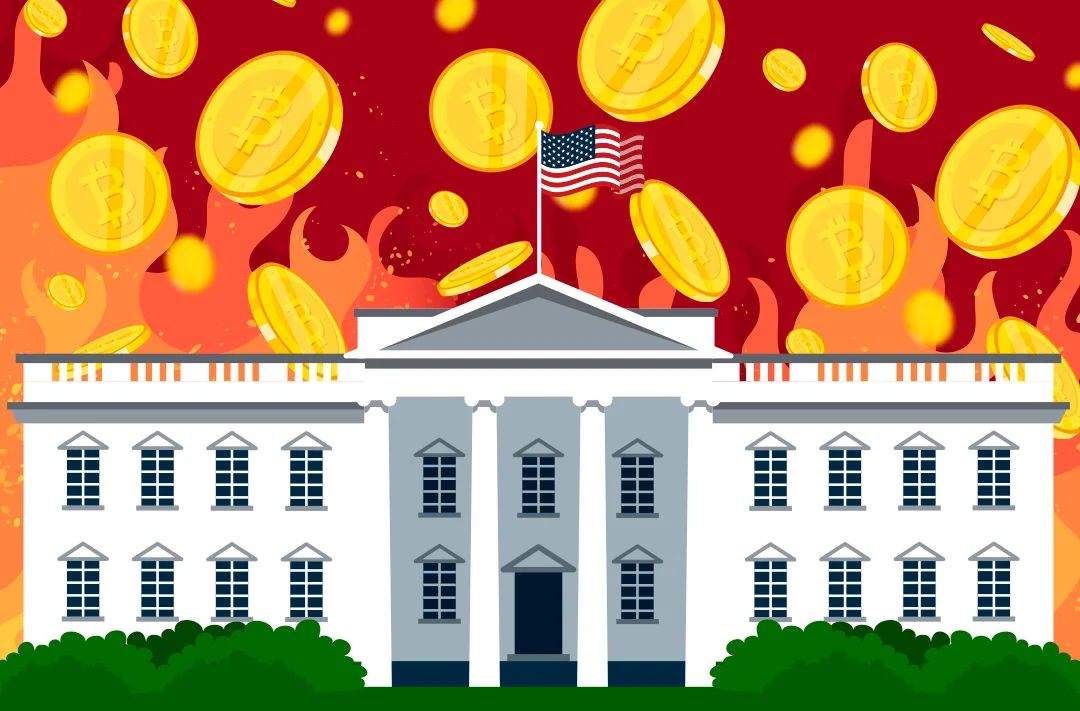White House says cryptocurrencies pose high risks to the US financial system
The authors of the annual report highlighted the shortcomings of crypto assets, stablecoins, PoW mining, and DeFi

22.03.2023 - 09:15
333
4 min
0
A new report from the White House blasts digital assets as failing to live up to their purported initial promise and raising risks for both consumers and the entire U.S. financial system.
The president’s annual economic report to Congress casts major doubt on the benefits of digital assets, and comes almost exactly a year after President Joe Biden ordered multiple federal agencies to research and issue reports on the matter.
Noting that digital assets have been touted as distribution tools for intellectual property and financial value, a better payment mechanism, an avenue for increased financial inclusion and a way of cutting out financial middlemen, the report argues that “so far, crypto assets have brought none of these benefits.”
“Indeed, crypto assets to date do not appear to offer investments with any fundamental value, nor do they act as an effective alternative to fiat money, improve financial inclusion, or make payments more efficient; instead, their innovation has been mostly about creating artificial scarcity in order to support crypto assets’ prices — and many of them have no fundamental value,” the report issued by the Biden administration says. “This raises the question of the role of regulation in protecting consumers, investors, and the rest of the financial system from panics, crashes, and fraud related to crypto assets.”
Shift in tone
The critiques in the report to Congress may signal a shift in approach from agnostic to openly adversarial toward digital assets.
The White House suggests that the Fed’s soon-to-be debuted faster payments network may eliminate much of the argument for digital assets, saying that “continued investments in the nation’s financial infrastructure have the potential to offer significant benefits to consumers and businesses.” The report casts doubt on — but does not rule out — the possibility of a U.S. central bank digital currency, saying that CBDCs could hurt credit availability and raise the risk of bank runs.
The annual economic report notes that some of the benefits of distributed ledger technology may be achieved in the future. It specifically cites the New York Federal Reserve’s pilot program for a wholesale central bank digital currency aimed at making payments between banks, including cross-border transactions, virtually instantaneous.
The White House document also argues that digital assets are neither an effective store of value, nor an effective means of payment.
“There is also tension in an asset being promoted as both money and an investment vehicle,” the report reads. “As money, the instrument should have a stable value, suggesting limited price volatility. But as a risky asset, it should experience price volatility, for which an investor would be compensated with a high expected return. Holding everything else constant, the riskier an asset is, the less likely it can effectively serve as money.”
That includes the prospect of stablecoins becoming a widely adopted payment tool, the report says.
“Stablecoin holders that lack redemption rights may be unable to find willing counterparties to exit their stablecoin positions,” reads the document, which echoes a Financial Stability Oversight Council report that singled out Tether and Circle’s USDC. The White House adds that stablecoins are “too risky” to serve a broad payments purpose yet.
But what about the underlying technology?
The White House appears to have a dim view of distributed ledger technology as a whole, citing arguments that previously existing technology could perform similar functions better, and poking holes in several specific use cases. It also notes the frequent noncompliance in securities and other financial regulatory law, large numbers of scams, and unusual concentration of activities by crypto trading platforms that would be prohibited at an existing exchange.
The White House also blasts proof-of-work mining, arguing that it "has few, if any, attendant benefits,” for the communities where miners set up while increasing local energy costs and heightening the risk of power crises.
DeFi doesn’t escape the White House’s criticism either.
“Though DeFi applications claim to help broaden access to credit by decreasing intermediation fees, they create serious risks to investors and cause at least two risks for the broader financial system: the use of significant leverage, and the performance of regulated functions without compliance with appropriate regulations.”
In the conclusion of its chapter on digital assets, the White House urges that regulators “must apply the lessons that civilization has learned, and thus rely on economic principles, in regulating crypto assets.”
The Council of Economic Advisers, one of the two main economic policy units within the White House, drafts the annual report, which the president signs off on. Biden in February nominated Jared Bernstein, a current member of that panel and former Obama and Clinton administration official, to become its chair.
Whether the criticisms presented in the report reflect a majority opinion in the administration remains to be seen. Lael Brainard, the former Federal Reserve vice chair and new head of the National Economic Council, the other major White House economic policy group, played an active role in the Fed’s CBDC research.
This material is taken from the website https://www.theblock.co.
Useful material?
Trends
As of January 21, the capitalization of this sector of the crypto market exceeds $519 billion
Jan 21, 2025
Market
The platform generated $9,5 million in revenue during the same time
Jan 20, 2025
Market
Shares of the Trust are designed to track the market price of XRP with fewer fees and expenses
Jan 17, 2025
Market
The asset will allow USDT to move seamlessly between different blockchains
Jan 17, 2025
Market
Earlier, the community criticized the project for its lack of transparency, which led to a sharp drop in the HYPE token price
Jan 8, 2025
Market
Rising US Treasury bond yields are negatively affecting risk assets
Jan 8, 2025









 Telegram
Telegram  Twitter
Twitter